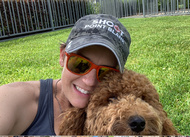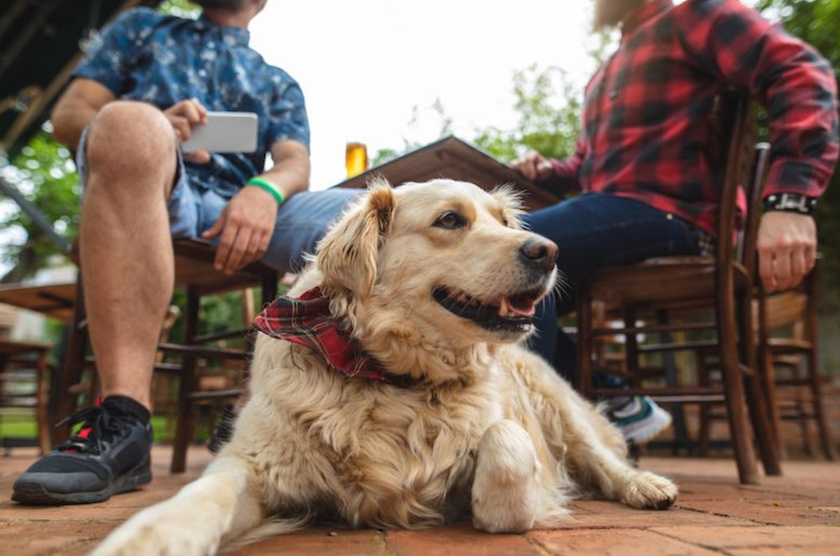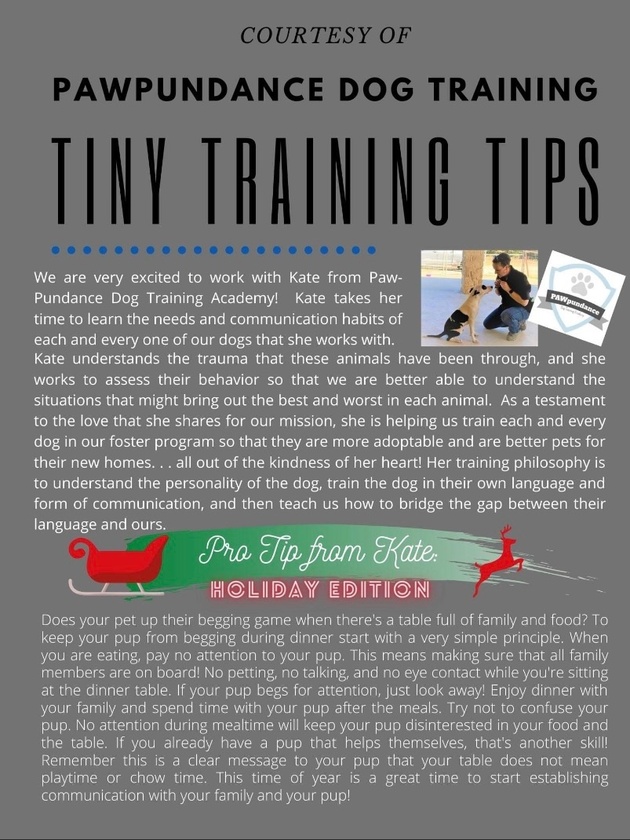
It’s ok! We’re here to help. We speak a little dog and can help translate for both of you. It’s probably just a miscommunication! And we are here to help get you both speaking the same language! Woof!
Connect with the PAWpundance training team and other members of the dog community to discuss better ways to communicate with your furry house guest.
**To get started USE code: TRIAL1month **
This Is What We Trained For!!
We are having some major thunderstorms today. And my yorkie, Pakita, is not a fan. But we have been doing daily challenges with puzzles to keep his mind active during the pandemic.
Today, we brought the puzzles out and he's working them with intensity. Normally, this old boy would be hiding under the covers and growling at the thunder. But he's taking all that anxiety and channeling it into is mission - he's solving his puzzles!
So this is why we work those puzzles everyday. So when we have a rainy day, we can change the behavior.
The end goal... he starts to anticipate that when the storm begins the puzzles will come out. Instead of anxiety for the storm, he will start to replace that energy with interest and anticipation for the puzzles. Then we hope his association for the puzzle with the storms will begin. It's tricky - we don't want it go go the other way and him to assume that a storm is imminent because the puzzles are out.
If he can begin to anticipate something great will happen when the storms approach then we have started to change his physiological reaction to thunder. Then we just phase out the puzzle. We use less and less valuable rewards and make the puzzles less interesting until the association with the thunderstorms are meh 🤷🏻♀️. This is how we do a behavior adjustment with thunder.
We can wrap him in thunder blankets etc, but the focus is always on the storm. We want to start asking for calm behavior and focus on engaging in other behavior. In this way, puzzles or snufflemats give us a means of engagement without excess food.
The storm has begun to subside. Pakita has finished his puzzle. He's calm and sitting next to me. I have given no attention to the anxious behavior and I can now reward his calm behavior.
Way to go Keets in learning to self soothe and deal with thunder!
Welcome to PAWpundance Dog Training Academy on Locals.com!
We’re thrilled that you’ve joined our community! PAWpundance is a place for positive, dog-loving people to come together, share experiences, and help each other grow. Locals offers an “ad-free experience,” so even a small contribution helps support our tech and keeps our community thriving.
We want to see your furbabies!
We’re here to assist with any questions you may have about training, behavior, and more. At PAWpundance, we believe in blending knowledge with a bit of fun—expect plenty of paws, puns, and maybe even a dance or two! Together, let’s enjoy some laughs and build stronger relationships with our pups.
Our Philosophy:
We’ve invited another species to live in our homes, and our dogs are much more than accessories; they’re our guests. They don’t speak our language, and like in the movie E.T., we don’t want to be the intimidating figures trying to coerce a scared, confused being. Instead, we want to be like ...
Eye Contact, Eye Contact, Eye Contact!
Reward every glance. Start by reinforcing brief glances, then encourage your pup to hold your gaze a bit longer. Gradually phase out your part of the eye contact—your pup will learn to watch you and adapt to your movements naturally. This approach helps them learn to walk with you without relying on leash cues.
Remember, the leash is purely for safety—not for communication.
Take a look at this video with Meghan and Buckee. Buckee is watching Meghan closely, and she rewards him by making eye contact, smiling, and offering treats. Meghan also looks forward occasionally, teaching Buckee to walk with her in sync.
Notice that Buckee is a reactive pup, so the leash is essential for safety, especially if he responds to something unexpectedly. However, it’s only used for physical control when necessary. When Buckee refocuses, Meghan reestablishes instructional control, and they continue their walk together. She does a fantastic job of engaging with him! In ...
Loose-Leash Walking Tip:
Where you reward makes a big difference! Try using the hand on the same side as your dog when giving treats or praise.
When you reach across your body to reward with the opposite hand, it draws your dog’s nose in front of you, encouraging them to move ahead and potentially start pulling.
In the video of Meghan and Domino, Meghan holds the leash with her left hand while Domino walks on her right. She rewards him by petting and giving treats with her right hand. This keeps Domino walking by her side on a loose leash, rather than in front, pulling her along.
Next time you’re out walking with your pup, try rewarding with the hand on the same side as your dog.
https://twitter.com/wholedogjournal/status/1295508215740932098?s=21
How to teach you pup to be a good dining companion! What a great skill!

https://twitter.com/wholedogjournal/status/1292609106637987840?s=21
This is about counter-surfers, but I love the description of trying to shame dogs. This author, Pat Miller helped me understand this concept in her book the Power of Positive Dog Training.
If you’re still on Twitter, the Whole Dog Journal is a great group to follow. Lots of fantastic info!













